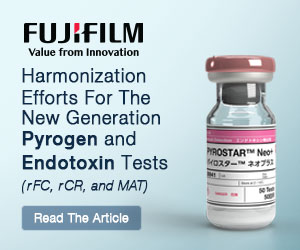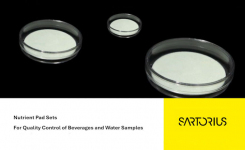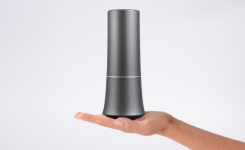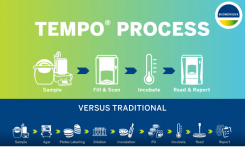In the last few months, cases have been reported in Italy and Romania affecting mostly young children. Following investigation with infected patients, a milk processing establishment which had exported a type of cheese to four countries within the EU has been implicated in the epidemic; highlighting the need for food and public health leaders to collaborate in order to identify and control the infectious outbreak.
The milk processing plant associated with the outbreak had exported the cheese product to Belgium, Germany, Italy and Spain and additionally an import was carried out from Italy to France and Germany. Tests on a fresh cheese product in Romania produced by the Romanian milk establishment were positive for E.coli O26 (not possessing stx virulence genes) whereas other tested positive for virulence genes stx1, sxt2 and eae.
In total, 25 cases have been identified linked to this outbreak. Tests revealed microbiological or serological evidence of STEC O26 infection for 12 cases. In addition, 13 more developed HUS thus meeting the probable case definition by testing positively for either a different STEC O serogroup (O157) or positive for stx1 and/or sxt2 and eae genes by PCR.
A strain of STEC 026 was isolated from a cheese sample in Italy which had been consumed by a child who later went onto develop HUS. The child’s stool samples were negative for STEC however serum sampled positive for the presence of LPS E.coli O26 antibodies. This, as well as a PFGE analysis strengthened the hypothesis of a multi-strain outbreak with the PFGE analysis suggesting either a common source or multiple sources.
Within Italy, Romania and other countries with imports of the offending food item, food recalls have been implemented by country-led food authorities. However due to limitations in recalls, at the time of investigation by European Food Safety Authority (EFSA), it is possible, with the exception of Romania, that contaminated products are still present within households therefore the detection of new cases is a probability. The last Romanian case linked with this outbreak experienced onset of symptoms on March 14th.
This cross-border epidemic truly demonstrates the need for coordinated action in the detection and control of foodborne outbreaks. Going forward, the EFSA and European Centre for Disease Prevention and Control (ECDC) have recommended the enhancement of surveillance for HUS and STEC cases by EU member states such as food and environmental sampling at suspected sites and whole genome sequencing on isolates detected so far to extrapolate epidemiological links between cases.
Upon request from the ECDC, the interview questionnaire used to investigate some of the cases in Romania and Italy is available and can be used to speedily investigate new cases. Any new cases detected should be reported to the ECDC’s Epidemic Intelligence Information System for food- and waterborne diseases (EPIS-FWD) platform.
See our Test Method Guide on How to Isolate and Detect STEC/VTEC in foods

















